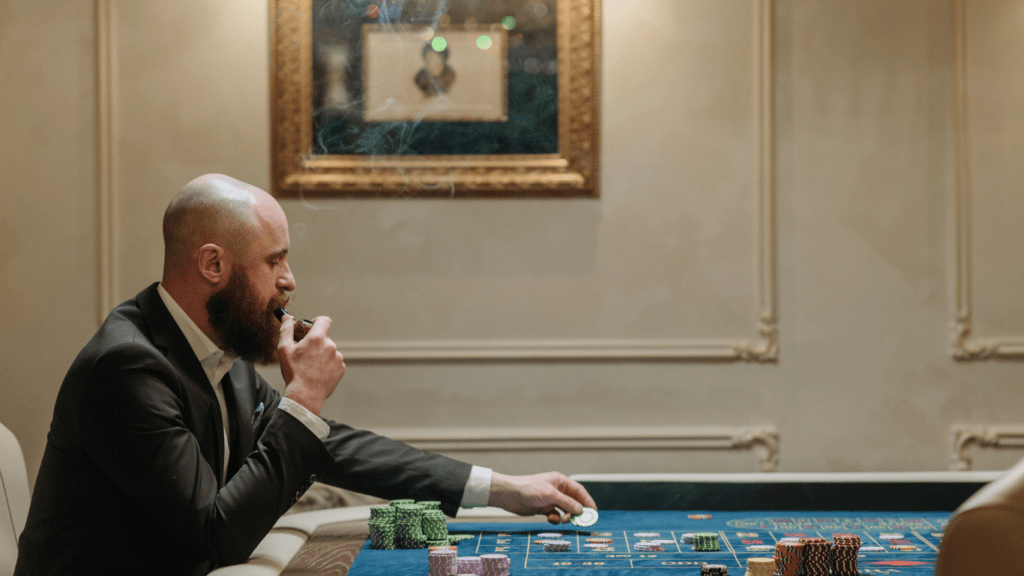The gaming industry has evolved dramatically over the past few decades, transforming from a niche hobby into a global entertainment powerhouse. Yet, despite this progress, gender stereotypes remain deeply embedded in its culture. These stereotypes affect not only how characters are portrayed in games but also how players interact and are perceived within gaming communities. Many female and non-binary gamers still face discrimination, marginalization, or exclusion in spaces that should encourage creativity and enjoyment. However, with increasing awareness and advocacy for inclusivity, the conversation around gender in gaming is shifting toward progress and equality.
In recent years, game developers, media outlets, and players themselves have begun challenging outdated assumptions about who “belongs” in gaming. This shift has been driven by social change, growing diversity in the industry workforce, and the rise of influential voices who advocate for fair treatment and authentic representation. As more people recognize that gaming should reflect the diversity of its global audience, the once rigid boundaries of gender identity and participation are finally starting to dissolve. Still, it is important to examine whether this transformation signifies real progress—or simply surface-level change.
The origins of gender bias in gaming

The roots of gender bias in gaming trace back to its early history, when marketing and development were primarily targeted at young male audiences. In the 1980s and 1990s, video game advertisements portrayed gaming as a “boys’ domain,” with characters like Mario, Link, and Master Chief representing masculine ideals of strength and heroism. Meanwhile, female characters were often reduced to supporting roles, serving as rewards or victims rather than heroes. These portrayals reinforced the notion that men were the players and women were the decoration.
This cultural framing spilled into the player community, where female gamers often faced skepticism about their skills or authenticity. They were asked to “prove” they were real gamers, facing harassment or dismissal simply for participating. Such experiences discouraged many from engaging with the hobby altogether. Even when women became more visible in the 2000s, gaming media often sexualized or objectified them rather than celebrating their contributions. However, as more women entered the industry as developers, artists, and designers, they began dismantling these outdated portrayals, giving rise to more inclusive storytelling and character design.
Today, the industry acknowledges its past mistakes and seeks to represent players more fairly, but these stereotypes still linger in subtle ways. They appear in assumptions about what types of games women play or how they should behave online. The evolution from exclusion to inclusion has begun—but the work is far from finished.
Representation in modern games: breaking the mold

Representation in gaming has undergone a remarkable transformation in recent years. Developers are increasingly aware of how their creative choices influence public perception and shape social values. Games like The Last of Us Part II, Celeste, and Life is Strange challenge traditional archetypes by featuring women, LGBTQ+, and non-binary characters with emotional depth and complex motivations. These characters are not defined by their gender; instead, they are written as individuals with agency, flaws, and personal growth.
This cultural shift has also extended to esports and competitive gaming. In the League of Legends scene, for example, discussions around inclusivity and fair treatment of players have become more visible than ever. Fans now follow tournaments and stay informed through lol live scores, while also supporting initiatives that promote equal representation across competitive teams. This new wave of awareness has inspired organizations to create mixed-gender tournaments, mentorship programs, and safer competitive environments. The presence of female professionals such as casters, analysts, and pro players shows that skill and dedication, not gender, define success in modern esports.
These positive examples indicate that the industry is slowly rewriting its narrative. Games are no longer just entertainment—they are platforms for expression and social commentary. As a result, players of all genders can now find stories that reflect their experiences and inspire them to be part of the gaming world.
Gender inclusivity beyond the screen
Progress in gender equality is not only visible on screen—it also extends behind the scenes. The rise of female developers, writers, and executives has fundamentally reshaped how studios operate and what kinds of stories they tell. Today, companies like Ubisoft, Riot Games, and Naughty Dog are actively investing in diversity programs to ensure that creative teams include people of various genders, backgrounds, and perspectives. This diversity fosters more authentic storytelling, where characters and narratives reflect the richness of real human experiences rather than outdated stereotypes.
However, inclusion doesn’t stop at corporate initiatives. Online spaces, which once served as hotbeds for toxic behavior, are slowly becoming more regulated and welcoming. Platforms like Twitch, Discord, and YouTube have implemented stricter moderation tools to combat gender-based harassment. Influential streamers and creators are using their platforms to advocate for respect and equality, creating positive examples for their audiences. The growing visibility of women in leadership roles—both in development and streaming—helps to normalize diversity in spaces where it was previously overlooked.
In this sense, gender inclusivity in gaming has become a collective responsibility. Developers, publishers, and players all contribute to shaping the cultural environment of gaming. When everyone takes part in fostering respect, the community as a whole benefits from a richer and more creative ecosystem.
Challenges that remain
Despite meaningful progress, persistent challenges remind us that equality in gaming is still a work in progress. Many female gamers continue to experience harassment, especially in online multiplayer environments. The anonymity of the internet often emboldens toxic behavior, making it difficult for players to feel safe or respected. While many platforms now have reporting tools and anti-harassment policies, enforcement remains inconsistent, and cultural attitudes are slower to change.
In addition, the gender pay gap within esports remains a significant issue. Female players and creators frequently earn less than their male counterparts, despite having comparable skill levels or audience sizes. Sponsorship opportunities also tend to favor male teams, limiting visibility for women-led or mixed-gender groups. Meanwhile, gender stereotypes persist in certain genres such as shooters, strategy, and sports games, where female characters are still underrepresented or poorly developed.
These issues highlight that progress in representation must be matched by progress in opportunity and treatment. True equality in gaming means not just being visible, but being valued equally for skill, creativity, and contribution. Until then, the industry must continue to push for meaningful structural and cultural reform.
Conclusion
Gender stereotypes in gaming are being challenged more effectively today than ever before. The industry has made significant strides in representation, inclusivity, and awareness, but the journey toward full equality is still ongoing. Modern games tell more diverse stories, developers are hiring more inclusively, and communities are beginning to confront long-standing biases. Yet, achieving real progress requires persistence and accountability.
The future of gaming depends on embracing diversity—not as a trend, but as a fundamental value. By encouraging equal participation and authentic representation, the gaming world can evolve into a space where creativity flourishes and all players, regardless of gender, feel seen, respected, and empowered. The steps we take today will define how inclusive gaming truly becomes tomorrow.




